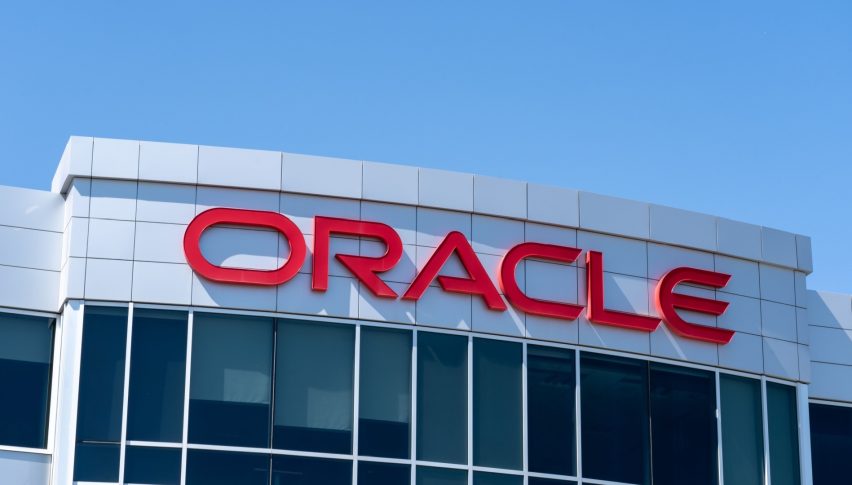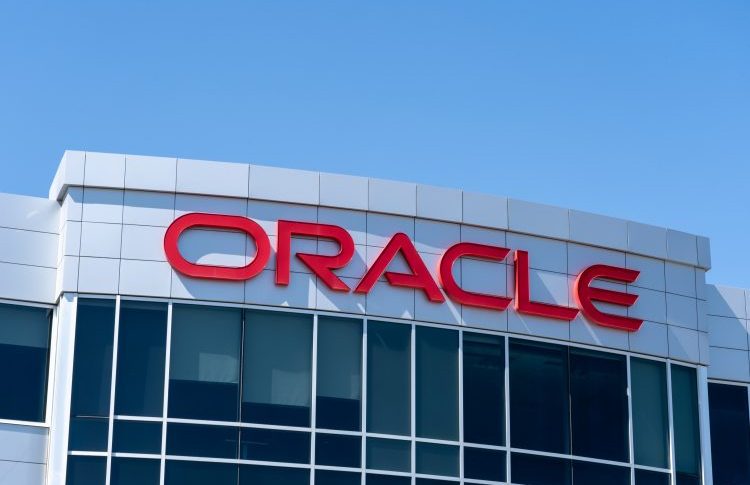ORCL Stock From Breakout to Breakdown: Oracle’s AI Cloud Faces Reality Check
After a record-breaking September surge, Oracle’s stock has hit turbulence as concerns grow over the profitability of its AI cloud division.

Quick overview
- Oracle's stock has experienced a significant decline of 14% after peaking at $345 due to concerns over the profitability of its AI cloud division.
- The company's AI cloud operations reported only $125 million in gross profits from $900 million in revenue, resulting in a slim 14% margin.
- Analysts warn that high capital expenditures and energy costs may hinder Oracle's near-term profitability despite a year-over-year tripling of AI-related revenues.
- The recent sell-off reflects a broader market sentiment of skepticism regarding AI execution risks, with potential downside targets for the stock set at $260 and $240.
Live ORCL Chart
[[ORCL-graph]]After a record-breaking September surge, Oracle’s stock has hit turbulence as concerns grow over the profitability of its AI cloud division.
Rally Loses Momentum
Oracle Corporation’s (NYSE: ORCL) meteoric rally earlier in September pushed shares above $345, fueled by strong optimism around its AI-driven cloud infrastructure and bullish revenue projections.
However, that enthusiasm has faded quickly. Since peaking on September 10, the stock has fallen 14% in just two sessions, sliding below $280 and testing the 50-day Simple Moving Average (SMA) for support.
If the stock breaks below this level, analysts see potential downside targets near $260 (the July 31 high) and possibly $240, where the 100-day SMA lies.
AI Cloud Margins Under Pressure
The sharp sell-off followed reports revealing that Oracle’s much-hyped AI cloud operations may not be as profitable as investors hoped.
Internal data showed the company generated roughly $900 million in revenue from Nvidia-powered server rentals in the quarter ending August, but gross profits were just $125 million—a slim 14% margin.
These figures lag well behind major tech peers and even trail several traditional retail companies. Analysts warn that high capital expenditure, energy costs, and data-center depreciation could limit Oracle’s near-term profitability, even as AI-related revenues triple year-over-year.
The report also noted that Oracle faces losses on smaller-scale Nvidia chip rentals, further dampening sentiment around its AI expansion plans.
From Breakout to Breakdown
The stock’s earlier strength was anchored in CEO Safra Catz’s upbeat outlook, which highlighted rapid growth in Oracle’s AI and cloud infrastructure segments. That optimism briefly pushed shares to a record $345.72, up almost 37% in a few weeks.
ORCL Chart Daily – The 20 SMA Has Turned Into Resistance
But the revelation of weak margins quickly erased those gains, triggering a wave of profit-taking and renewed skepticism about Oracle’s ability to sustain such high valuations. Technical momentum has since shifted, with the 20-day SMA turning into resistance, suggesting a short-term bearish bias.
Outlook: Confidence in AI Is Eroding
Oracle’s recent correction underscores a broader market theme — AI optimism versus execution risk. While demand for AI infrastructure remains robust, the company must now prove it can translate growth into sustainable profitability.
If margins stabilize and support levels hold near $260, Oracle could regain footing; otherwise, the correction may deepen toward the $235–$240 range.
- Check out our free forex signals
- Follow the top economic events on FX Leaders economic calendar
- Trade better, discover more Forex Trading Strategies
- Open a FREE Trading Account


